Frikkadel fiesta: from origins to our readers’ favourite additions
Are meatballs and frikkadels interchangeable? If not, what’s the difference? Deputy food editor Khanya Mzongwana did all the research on this beloved food, so you don’t have to. From it’s origin to ingredient additions shared by you, here’s the 411 on everything frikkadel.
We’ve been eating ground beef every way it could ever be prepared since time immemorial, and across continents and cultural groups, we all love ourselves a good, juicy meatball. But what the heck’s a frikkadel? And more importantly, what’s the difference between a meatball and a frikkadel (and a frikadelle)? The quick answer is – geography!
Origins and evolution
Frikkadels were initially introduced to South Africa by Dutch colonisers. The frikkadel became a cornerstone of Afrikaans cuisine, traditionally made using beef mince, onion, egg, grated potato and stale bread soaked in milk. During Holland’s 150-year-long rule of the Cape, their cuisine had an enormous influence on sectors of South African food, and one of the dishes that made an impression was, you guessed it: frikkadels.
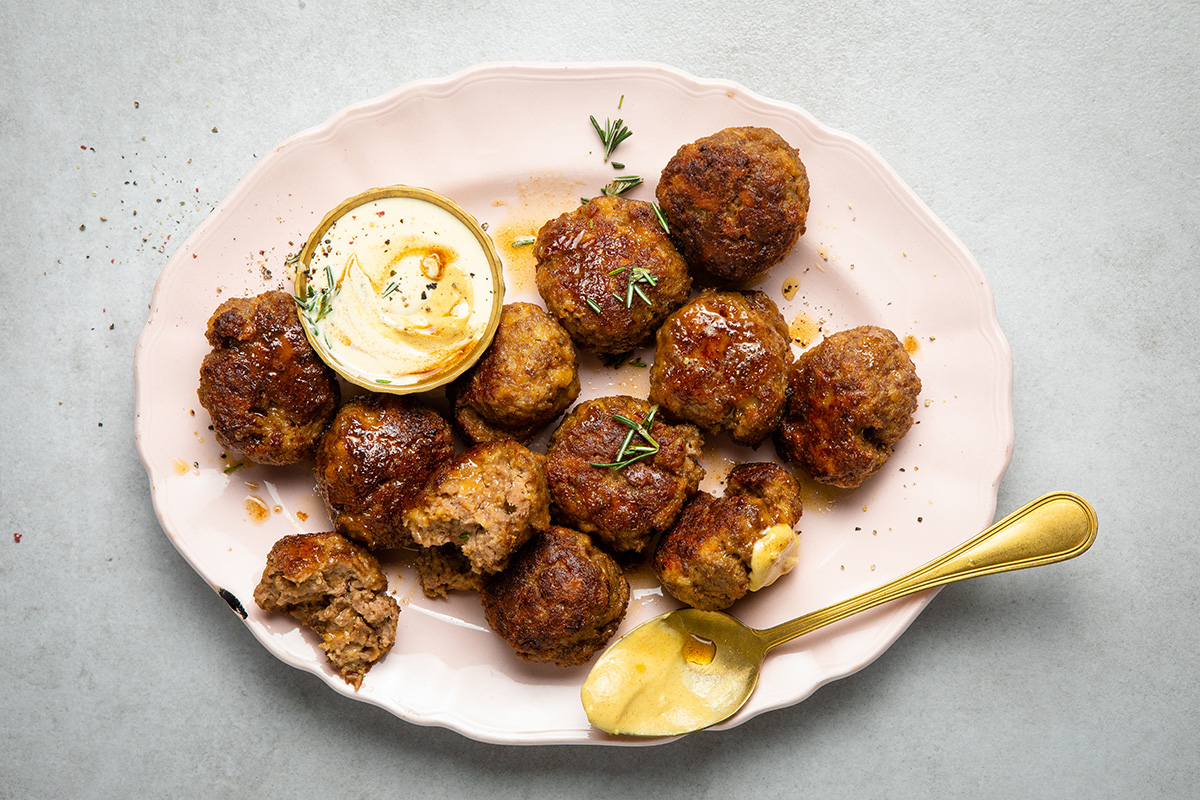
Find the recipe for microwave frikkadels here.
The ingredients would be kneaded, seasoned, shaped into balls, fried and eaten with perske blatjang or stirred into gravy. Frikkadels subsequently became a dish popularised and adapted in the Cape Malay community, and a table without them would be deemed incomplete. One such dish is ‘oumens onder die komberse’, or kool frikkadel, where frikkadels are wrapped in cabbage and cooked inside a mouth-watering meat stew. Read more about this in the paper "Ou Mens Onder Die Komberse" Old People Under The Blanket and Kitchen Dutch written by Lucille Campbell, an archival platform correspondent based in Cape Town.
Some believe it originated in Germany and it’s recorded as having been eaten as early as the 17th century and traditionally served with mashed potatoes and pickled cabbage. Varieties of frikkadellen include combining veal and pork, or beef and pork, or even fish. They’re shallow fried and served hot or cold (they’re way better hot). The word "frikadelle" (pl. frikadellen) is German, although the meaning of the word isn’t known. They’re generally associated with German, Nordic and Polish cuisines, enjoyed with pickled beetroot, boiled potatoes and gravy in Denmark and creamed cabbage or pickles in Germany. A frikadelle is also not perfectly round and is often flat-bottomed like a small, thick, beef patty. Later variations of it would include grated carrots, fresh herbs and even oatmeal or barley.
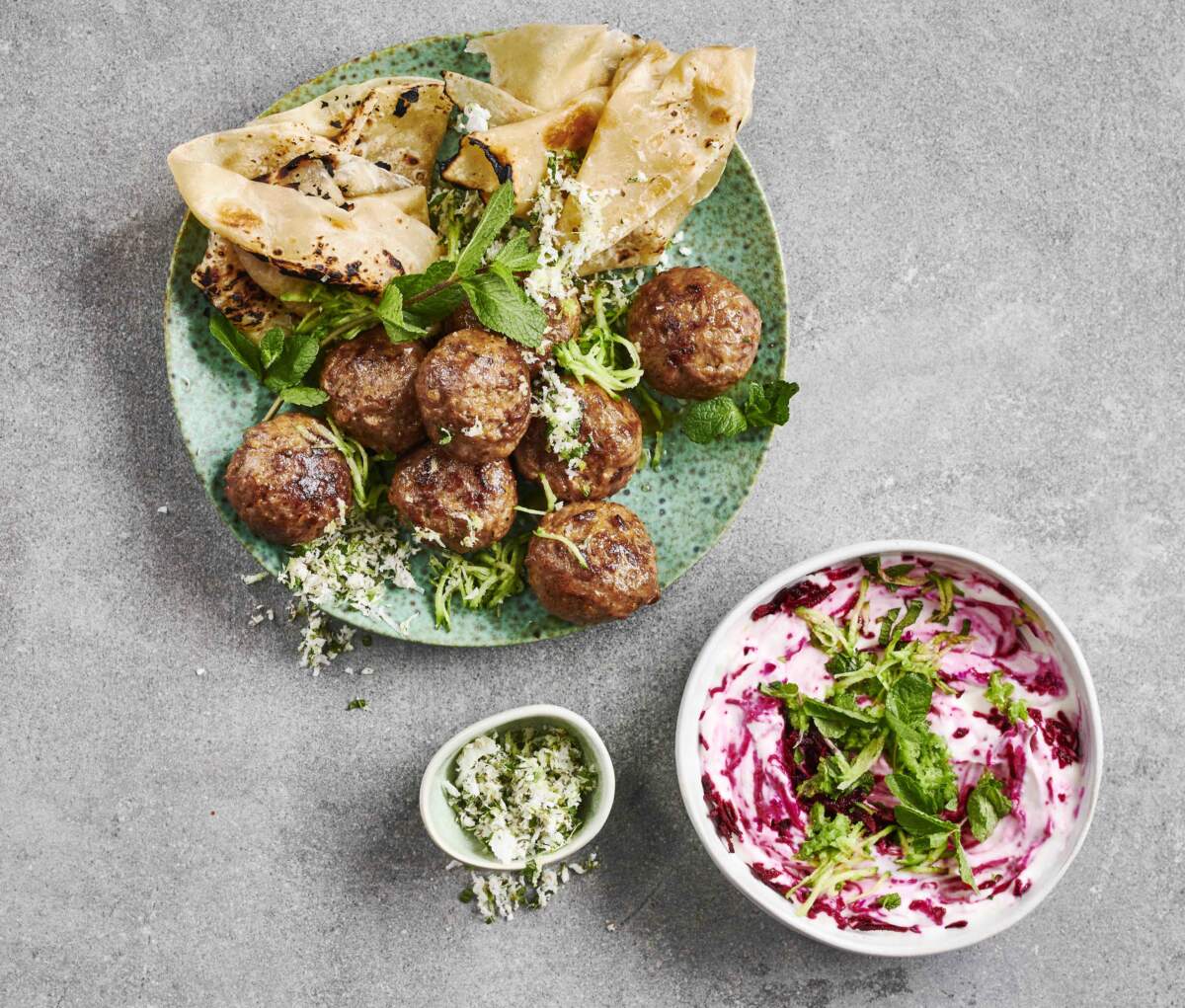
Find the recipe for lamb frikkadels with beetroot raita here.
According to food historian Nina Bauer, like the pancake, the meatball was invented simultaneously in many countries worldwide, so no one country can lay claim to it. It remains, however, a classic food across Scandinavia, though not without its differences.
"We all have different words for them," Bauer said. "In Denmark, we call a ball of meat that is pan-fried a frikadelle."
Frikkadels in my home
In my home, frikkadels remain pretty relevant – there’s never not a hot dish of frikkadels simmered in spicy dal at the centre of the table at any occasion worth gathering for. They’re an important part of my history too, because they connect me with my grandmother Ncinci’s adopted sister, aunt Marie, a Coloured woman who was famously generous, proud, kind and loud. She was beautiful and interested in no suitor, just devoted to raising her two sons and grandkids and feeding people in her very hungry neighborhood in Mofolo Village, Soweto. She was also a fierce baker. My grandmother Ncinci adored everything aunt Marie did, and learned and adapted so many of her recipes, including this one for frikkadels. I keep cooking the recipe so that it doesn’t die, and I’m teaching it to my nieces, too, with the hope that 20 years from now, they’ll still make the dal and meatballs we grew up eating. Oh, and click here for the dal recipe.
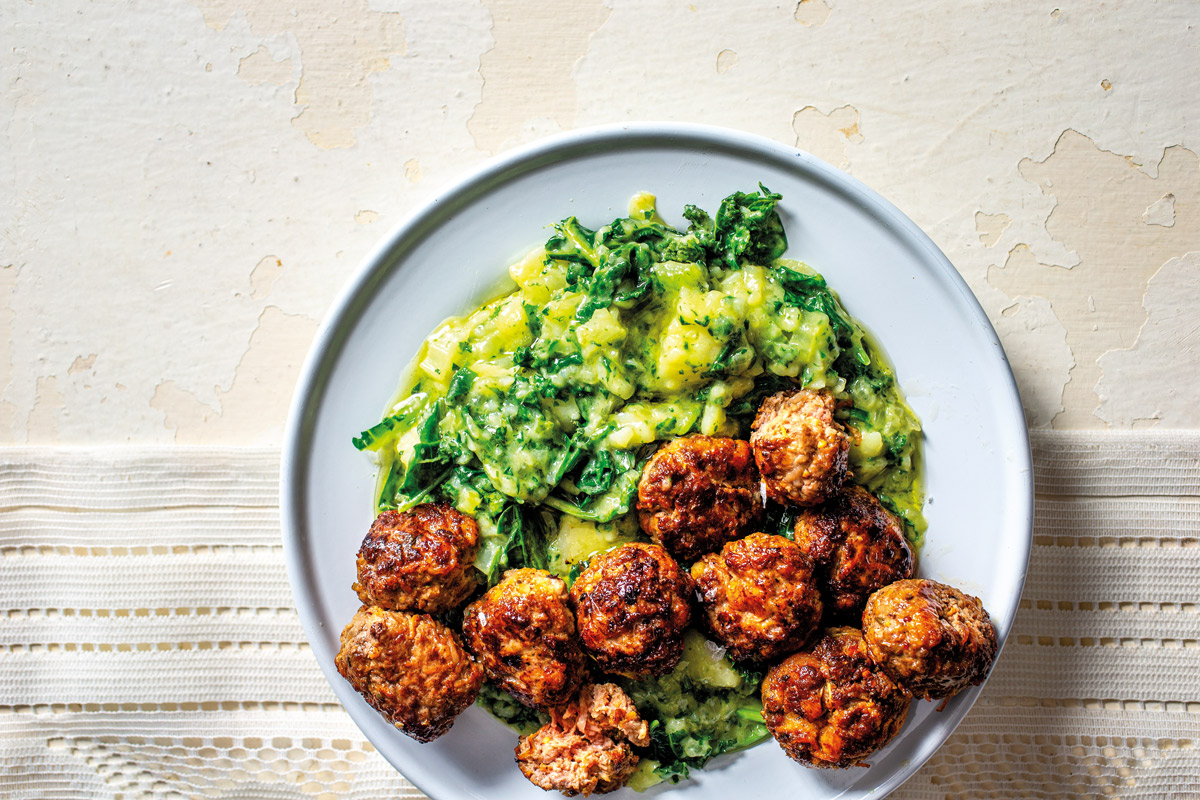
Find the recipes for uNcinci’s frikkadels here.
I know for a true fact that uNcinci made the best frikkadels in the world, but don’t take my word for it, check out these frikkadel recipes that we’ve cooked a million times and can’t get enough of here.
I also know there’s not a self-respecting cook out there that doesn’t search for Fatima Sydow's version of a recipe to make sure it’s legit. Here is her recipe for frikkadels that’ll knock your socks off. Click here for the recipe.
If you’re craving a spag bol with a touch of history, make my frikkadel Bolognese.
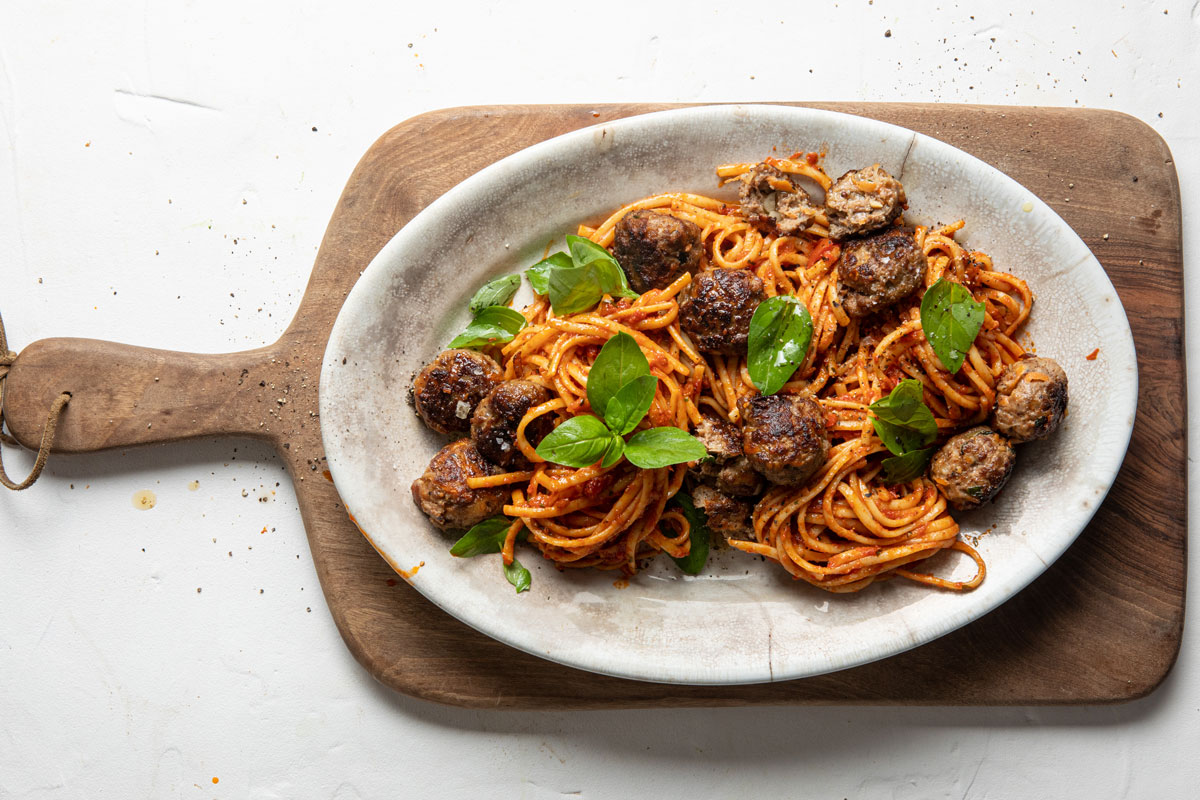
Find the recipe for frikkadels here.
Your favourite additions to frikkadels
Given how diverse and nostalgic frikkadels are, we asked the TASTE community on our IG stories what ingredients they add to their frikkadel recipes to make them extra special. Here are some of the most popular additions:
- Fruit chutney: this was the most popular addition that you shared.
- Oats: one person said they add both oats and chutney. The oats make for a great bulking agent.
- Grated apple: on the theme of adding fruity flavour, one reader shared how her mother adds grated apple to her recipe as a secret ingredient
- Carrots: different veggie additions were mentioned (including sneaking in some broccoli), but the overwhelming favourite was carrots.
- Bicarbonate of soda: one reader adds a quarter teaspoon of bicarbonate of soda and a teeny bit of water into the mix to tenderise the mince.
- Chilli, masala and coriander: This is an Indian twist on frikkadels and our reader says they call them kebabs.
- Cheese: From fresh Parmesan to ricotta, several of you love adding cheese to your frikkadels. This generated a lot of debate, but there is precedent for it – from Ottolenghi no less.
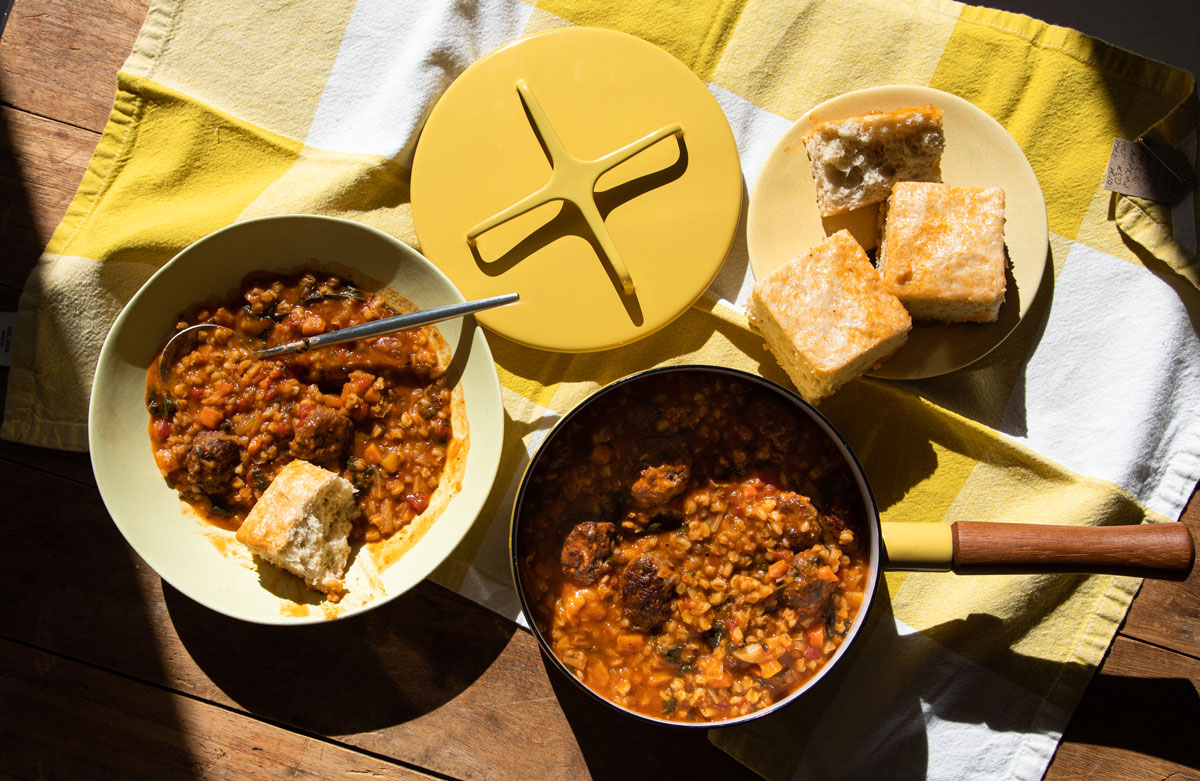



Comments